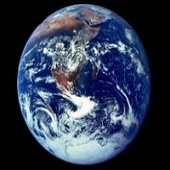ESA Science & Technology - News Archive
News archive
News archive
Dramatic landscapes.
Published: 6 March 2002
Published: 4 March 2002
Published: 28 February 2002
Published: 28 February 2002
Published: 27 February 2002
Published: 25 February 2002
Published: 20 February 2002
Published: 14 February 2002
Published: 14 February 2002
Published: 12 February 2002
Published: 6 February 2002
Published: 27 January 2002
Published: 16 January 2002
Published: 13 January 2002
Published: 9 January 2002
Published: 9 January 2002
Published: 9 January 2002
Published: 7 January 2002
Published: 6 January 2002
Published: 20 December 2001
—
20 Items per Page



















